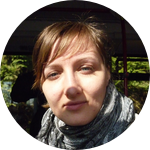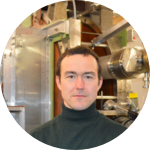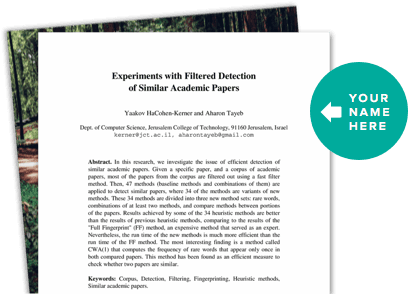About This Project
Controlled nuclear fusion refers to the process to generate clean energy. Plasma turbulence is a significant challenge in controlled nuclear fusion since it affects the plasma confinement. Current methods of turbulence mitigation have a number of challenges. This project proposes to test a new approach to mitigate plasma turbulence by strong plasma waves, specifically the nonlinear interactions between electromagnetic waves and plasma instabilities.
Ask the Scientists
Join The DiscussionWhat is the context of this research?
Turbulence nuclear fusion devices can lead to the degradation of plasma confinement. While there are different approaches for turbulence mitigation, controlling plasma conditions is an ongoing challenge. This project looks to develop a novel and universal approach for turbulence mitigation, applicable in different configurations of fusion devices. There is untapped potential in exploring nonlinear plasma phenomena, specifically the interactions between different RF waves or between RF waves and plasma instabilities. The practical implications of these phenomena hold significant promise and remain unexplored. The objective of this project is to procure computing tools and utilize, adapt, and enhance existing codes for modeling an interaction between plasma waves and turbulence.
What is the significance of this project?
At the moment, there are no reliable, controllable, and predictable methods for suppressing plasma turbulence and also no universal methods that work equally well on different types of fusion devices. Existing methods for suppressing turbulence and forming transport barriers are achievable on far from all nuclear fusion devices. They only cover a limited narrow layer of plasma, not the entire volume. Moreover, suppression of turbulent transport in H-mode is only partial, not complete. As a result, the ITER nuclear reactor, even in enhanced confinement mode, will operate only at the brink of its efficiency. Developing alternative and universal methods for stabilizing turbulence that leverage the nonlinear nature of turbulence is extremely important for realizing controlled nuclear fusion.
What are the goals of the project?
The very idea of developing a universal method to suppress turbulence is extensive and multifaceted. This specific project aims to create computational infrastructure for conducting numerical simulations of nonlinear wave-turbulence interactions. This includes acquiring computing servers, modifying and advancing existing wave-turbulence modeling codes. The first physical effect that will be investigated is the influence of strong Alfvén waves on the development of drift wave turbulence. The outcome of the work will be a conclusion and publication on the feasibility of using strong electromagnetic waves to suppress plasma turbulence.
Budget
These budget allocations are necessary to establish an infrastructure capable of numerically studying the interaction between plasma waves and turbulence. Currently, computational capabilities are quite limited, so the initial focus will be on acquiring powerful computing workstations using part of the budget. The remainder of the budget will be dedicated to developing new models for simulating wave-turbulence interactions and publishing research results.
Endorsed by
 Project Timeline
Project Timeline
The period is 5 months. The initial phase is procuring the necessary simulations workstations. The subsequent extensive phase is integrating existing modeling codes, conducting simulation studies, progress updates, sharing research findings, and considering feedback. In addition to posting laboratory notes, I intend to develop a website and a LinkedIn page to disseminate progress reports and enhance communication within the community. The final stage will be preparing research paper.
May 02, 2024
Project Launched
Jul 01, 2024
Acquiring new computer simulation workstation. Installation of all necessary development tools and codes.
Aug 01, 2024
Integrating and refining existing modeling codes, conducting simulation studies, providing progress updates, sharing research findings, and soliciting feedback.
Dec 01, 2024
Compiling research results and preparing manuscripts for submission.
Meet the Team
Affiliates
Ilya Shesterikov
Dr. Ilya Shesterikov is a nuclear fusion physicist with extensive experience spanning over 15 years across various nuclear fusion facilities. He has served as a plasma physicist at the Research Center of Juelich, Germany, where his work focused on investigating plasma turbulence and turbulent transport using the TEXTOR tokamak. During this time, he also contributed to the development of innovative plasma turbulence diagnostic tools.
Additionally, Dr. Shesterikov has contributed to research at the Max Planck Institute of Plasma Physics, where he studied diverse plasma wave phenomena and explored applications of plasma waves in diagnostics, heating, and plasma production. His expertise encompasses a broad range of fusion science and technology domains.
For more detailed information about Dr. Shesterikov, please refer to his blog: http://plasma-surface.org/resu...
Lab Notes
Nothing posted yet.
Project Backers
- 0Backers
- 0%Funded
- $0Total Donations
- $0Average Donation


